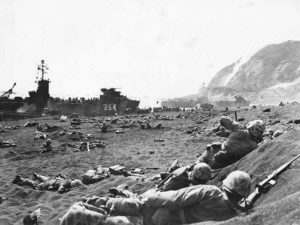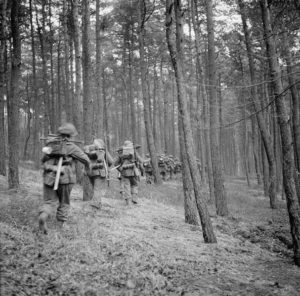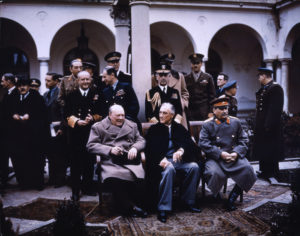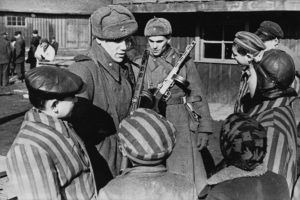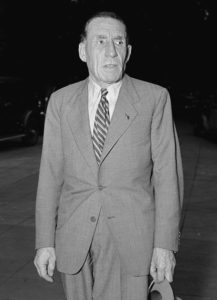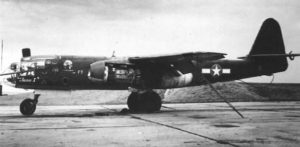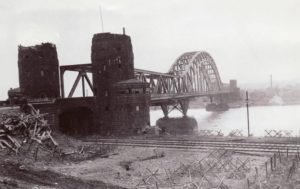
The Ludendorff bridge over the Rhine between Erpel (foreground, east bank) and Remagen (background, west bank) after it was captured by US forces, 7 March 1945 [Public domain]
The American vanguard raced across. By nightfall, US forces had expanded and strengthened their bridgehead on the eastern bank of the Rhine.
In a fury, Hitler dismissed Field Marshal von Rundstedt, Commander-in-Chief of German forces in Western Europe and ordered the execution of officers deemed responsible for failing to destroy the bridge.
In the days that followed, Hitler threw everything he had against the Ludendorff bridge, from V-2 rockets to the jet-propelled Arado Blitz bombers, but failed to bring down the bridge. It collapsed on its own on 17 March. By then, the Allies had constructed pontoon and Bailey bridges and were firmly established across the Rhine.


